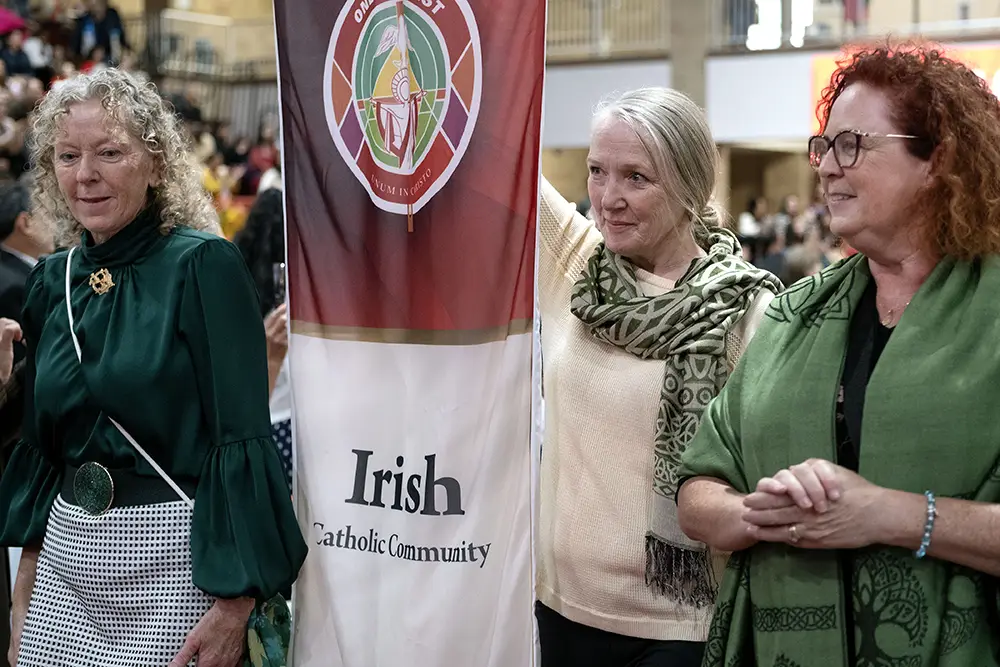Native American Community
Photos Videos Native American-Mission Barona/St. Kateri Tekawitha Rev. Herman Manuel SVD Pastor herman_manuel@hotmail.com Beth Glasco Resource bglasco@barona-nsn.gov Native American-Pauma/Pala Cindy Devers Resource rezneckwoman@gmail.com Ed McEnespy Resource pa_hi_edcm@hotmail.com Rev. Gerardo Fernandez […]
Laotian Community
Who We Are In Laos, Catholics make up about 1% of the population. An estimated 200 Laotian Catholic families live in the San Diego region. They worship in several […]
Irish Community

Who We Are The Catholic Church in Ireland dates back to the 5th century. Irish missionary priests were sent across the world to serve sizable immigrant populations, including in the […]
Italian Community
Photos Italian Community Patrizia Vigili President mclpatrizia@gmail.com Rev. Joseph Tabigue Chaplain
Korean Community
Who We Are The Roman Catholic Korean Community of San Diego, which meets at St. Columba parish, offers fellowship and spiritual growth opportunities, including Masses in Korean and other faith-building […]
Hispanic Community
Who We Are Mission To unite the Hispanic community in San Diego and Imperial Counties in their faith, guided by the Catholic values of love, faithfulness, service, justiceand compassion. Always […]
Indian Community
Who We Are Our Mission Unity among the diverse Indian cultures under the Catholic Church. Our Vision The San Diego Indian Catholic Community was established on March 23, 2017, with […]
Eritrean Community
Photos Eritrean Community Semret Haile Leader semrethaile@gmail.com
Filipino Community
Who We Are Preamble Recognizing the need for apostolic endeavor amongst Filipino Catholics in the Diocese of San Diego, and with the approval of the diocesan bishop, the Diocesan Commission […]
Indonesian Community
Who We Are Mission and Vision The Indonesian Catholic Community – Diocese of San Diego (Keluarga Katolik Indonesia – San Diego) upholds the core values of the Catholic faith, unity […]
